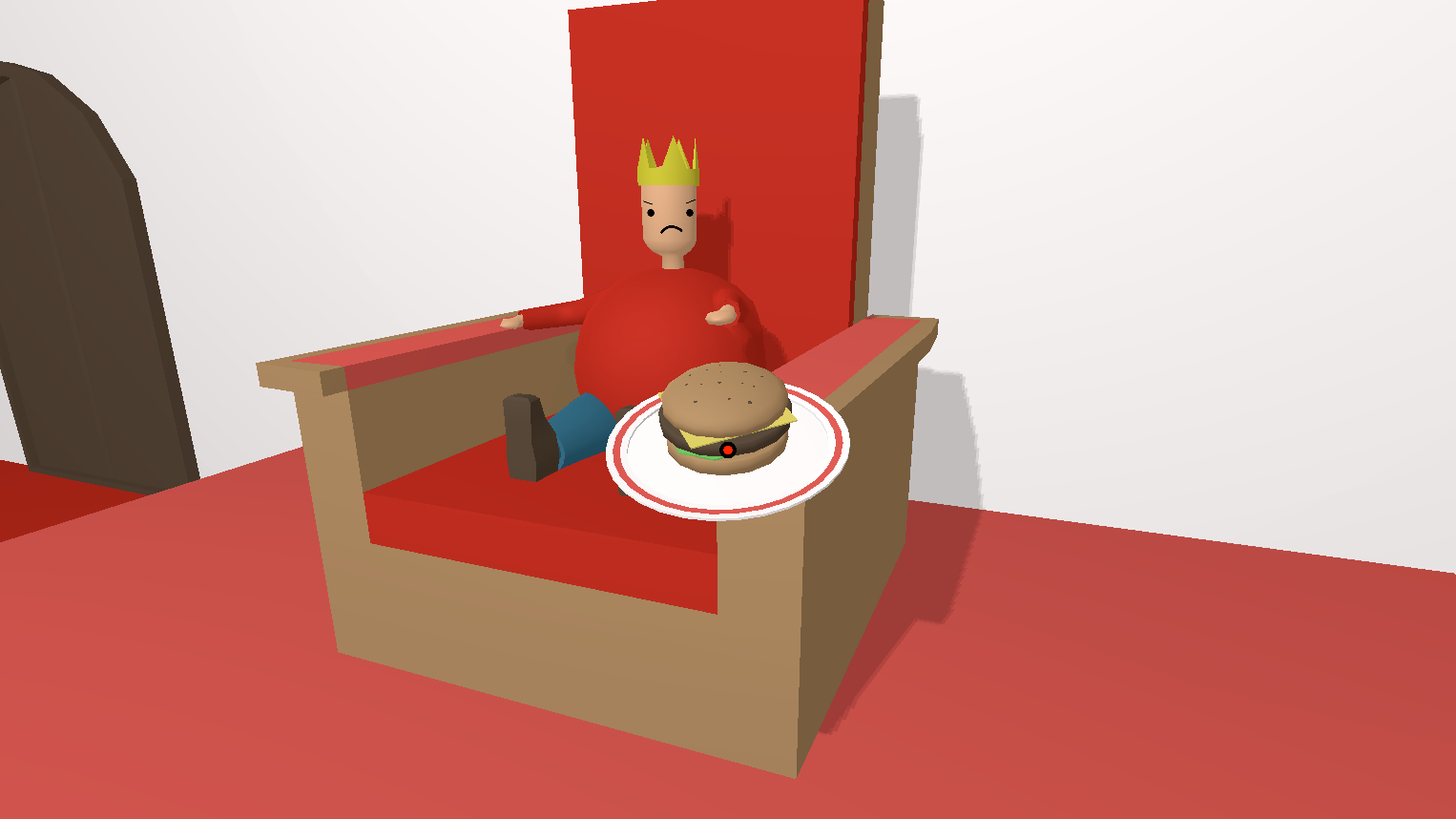Monarch-Eat Mac OS
Contents > Resources > Alternative Monarch foodplants
What to feed starving caterpillars? The question everyone asks when their Swan Plant has only a few leaves left and no larvae are ready to enter pupation. Well most people do a Internet search and find there is not any good single page on this topic. Ahhrrgg, now what?
Older Mac operating systems/PPC Macs For Mac OS 9 and Mac OS 10.0 through macOS 10.12, legacy Universal binary versions of Audacity with Intel and PPC support are still available. The caterpillar's skin is shed for the last time as it passes from the larval (caterpillar) stage to the pupa stage of metamorphosis. Under the caterpillar's skin this time is a. As stated earlier, the adult Monarch butterfly is completely different from the caterpillar. In its adult form, the butterfly has a straw-like structure located at the base of the head, which it unfolds to suck or siphon nectar from flowers and water from leaves and ponds and then fold it back when it is done feeding. Monarch Watch is a cooperative network of students, teachers, volunteers and researchers dedicated to the study of the Monarch butterfly, Danaus plexippus and its spectacular fall migration. Feb 04, 2019 Monarch butterflies eat nectar from flowers, just as other butterflies do. Butterfly mouthparts are made for drinking nectar. If you look at a monarch butterfly's head, you will see its proboscis, a long 'straw,' curled up below its mouth.
Well, search no more, it's all below.
Monarch-eat Mac Os X
Of course the favourite is any one of the 'Swan Plants' or 'Milkweeds'. The main three which are easily acquired in New Zealand are (The) Swan Plant (Gomphocarpus fruticosus), (The) Giant Swan Plant (Gomphocarpus physocarpus) and Tropical Milkweed - Bloodflower (Asclepias curassavica). Of course other members of the Milkweed family (Asclepias spp) are eaten. However there is only a few of these in New Zealand like the Common Milkweed (Asclepias syriaca) and Swamp Milkweed Asclepias incarnata. If your not in New Zealand, then the 'best' Milkweed is Butterfly weed (Asclepias tuberosa).
Butterfly weed (Asclepias tuberosa) can be grown in New Zealand, but it can't be imported for fear of it becoming a invasive weed as it spreads by underground roots. So this is a rare plant in New Zealand, not helped by the fact it won't seed that easily.

Beware of any sprayed plant, however you obtain it.
All sprays will cause your larvae to die, sometimes within a few hours, but other times after the imago emerges from the pupa. Watch out for vomiting soon after introducing the larvae to a new plant as this will show there is problems. Ideally wash or hose the plant first, including the undersides of leaves and stems. Place out of reach for 24 hours or until dry if it's needed urgently. Systemic sprays can't be washed off easily and the plant needs a minimum of 4 weeks to purge itself of these chemicals. These are the type with kill the butterfly after it emerges from the pupa.
(Tweedia caerulea)
Mac Os Catalina
Tweedia will sustain a hungry larvae, but they will go for the flowers, buds and seed pods first as they don't initially like the fluffiness of the leaves. However they will happily eat the plant bare. I have also recorded ovum being laid on Tweedia, so it obviously passes the chemical suitability test. No zombies mac os. I have never reared larvae from ovum on Tweedia to see if it has any detrimental effect on their development. How to download google. However they have no problems from the 3rd instar onwards, this is about 1' or 25mm long.
Moth Vine
(Araujia hortorum (was Araujia sericifera))
Upper North Island Only
This plant has several names including Moth Plant, Cruel Plant, Kapok and Milkvine. It is known for its flowers trapping butterflies and Moths, hence the name of Cruel Plant or Vine. This is a garden escape that is now on the noxious weed list, so can't be grown, however you can relocate your starving larvae onto a vine. Technically you are not allowed to move any part of the plant, but if you are taking strands to feed to your hungry larvae. I very much doubt much will come of it. However watch that it is not sprayed by a landowner as this will cause your larvae to die. This plant has large leaves, which poses problems for the larvae when they nip the stem of the leaves as the wind will catch them and rip them off. I have never reared larvae from ovum on Moth Plant to see if it has any detrimental effect on their development. However they have no problems from the 2nd instar onwards, this is about 0.75' or 18mm long.Pumpkin fruit(Cucurbita spp)
NOT RECOMMENDED due to deformities
This is a last resort food as it can only be fed to 5th instarlarvae (this is about 1.75' or 40mm long). This is because it doesn't have the chemicals they need to successfully metamorphose into a butterfly. People report varying results and deformities using Pumpkin.